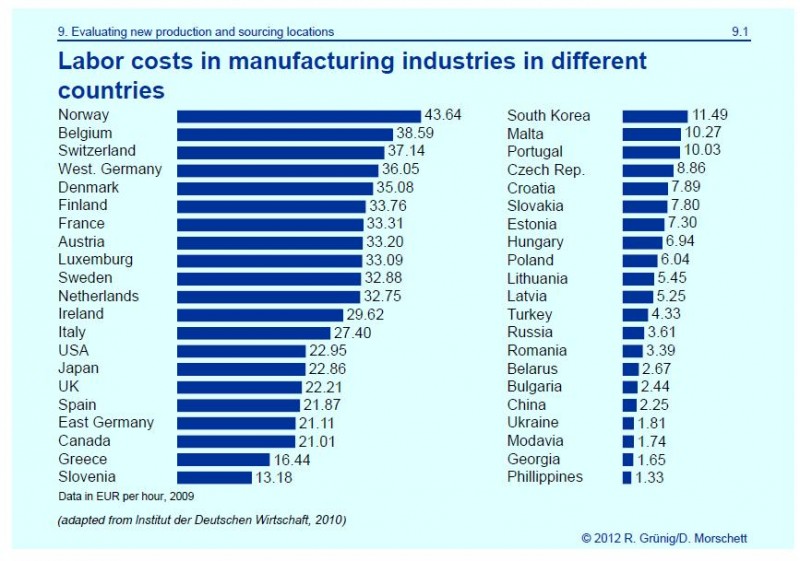E-procurement Tips
E-procurement constantly requires extensive strategizing and figuring out new ways to do more with less amidst intense pressure to always deliver positive results. In light of this, competition is unbelievably fierce; teams are constantly changing, and there’s increasing pressure to constantly have the upper hand.
For your organization to be successful with her e-procurement strategies, it’s helpful to adopt practices that will ensure you are always ahead.
Below are 10 winning tips to consider in order to fundamentally affect in a positive way, the success of your organisation’s e-Procurement strategy:
- Team work
A successful e-procurement department must never work alone. Your organisation’s e-procurement department should consist of strong teams consisting employees with defined roles and responsibilities and who will work collaboratively as a unified group towards achieving the organisation’s common objective. Each member of the team should play their individual roles to ensure the success of the team. When and if this happens, success is sure to be achieved in the company’s e-procurement strategy.
- Analyze Data
You have to back your strategy with meaningful numbers and data. Procurement professionals must constantly analyze data when strategizing in order to guide the decision of what strategy to adopt. Likewise, the team can also use these numbers to track trends, recognise threats, spot opportunities, alter strategies and optimize opportunities for better performance.
- Know Your Competition
Research and Monitor your competition so that you always know who and what you’re up against and what they are always up to. There are many ways to go about this; follow your competitors on social media, subscribe to their marketing newsletters, and regularly check their websites for company updates. You can also encourage your procurement teams to engage in conferences, webinars and seminars to help them stay ahead of the curve,
- 4. Manage Relationships
Good vendor relationship is an important ingredient for sustained success in any organisation’s procurement strategy. As you get to know your vendors, engage with them more and help them participate and deliver better through your procurement chain. Define what your expectations are and give the vendor a chance to explain how it will meet those expectations. Take the time to ask for several references and make sure you understand the amount of training and support that is needed throughout the entire process.
The more complex the product or service, the more important it is to identify the competence and capacity of the vendor. Smaller companies with less complex procurement needs should however not spend too much vetting every single vendor. Gathering useful information about your vendors will help you define your vendor preferences and in the long term, help you streamline your vendor list and simplify your procurement process.
- Maximize time and resources
Procurers and vendors alike are extremely busy people with each trying to meet the needs of many at the same time. In order to maximize everyone’s time and resources, preparation is key. Prepare in house before meetings, perform needs assessment analysis and constantly re-evaluate your relationship with your vendors.
Meet with your vendors periodically to review pricing and working conditions to make sure that they are still meeting up with required expectations.
Have someone designated to manage all your vendor issue and keep all vendor contracts, contact information, and related documentation in a single location so that whenever an issue arises, related information is easily accessed and they are resolved quickly.
- Save! Save! Save!
In E-procurement, all cost savings are important. Companies are quick to target big dollar spends for e-sourcing and ignore the lower cost items. Summarily, all these costs add up into something significant in the long term and if you must get the best value in your e-sourcing activities, every category of spend must be incorporated into your e-sourcing strategy.
- Embrace the change
A new way of doing things can sometimes be intimidating for management and staff of a company, especially when it has the potential to uncover additional savings. E-sourcing process creates a competitive dynamic that is way above the league of traditional sourcing methods and top executive in the organisation need celebrate and promote this new way of doing things. Keeping an open mind and applying e-sourcing techniques and tools in new and creative ways will ensure your program maintains momentum and remains profitable.
- Vendor selection should not be based solely on price.
This is very regular practise for most e-procurers and it’s easy to understand why. However, this approach to e-sourcing is surely a recipe for disaster. There are other factors that should be considered when selecting your vendors. Factors like; experience, capacity and track record of vendors providing such services. Identifying a great price should just be one step of the entire process.
9. Follow up on quality control.
Make sure your vendors are supplying to specifications. It’s not enough to select the least cost provider with a good reputation on paper and then go to sleep thinking that all is well. Continuous follow up on quality control with your suppliers is key to ensuring that you get what you paid for
10. Be consistent with your results
Procurement professionals also face a constant need to be consistent. You need to find the right tools and solutions that will work for your organization. By clearly defining the organisation’s procurement objectives, delegating specific roles and responsibilities to members of the procurement teams and making the teams see how the procurement process aligns with those objectives, you’ll be able to deliver consistent results.
